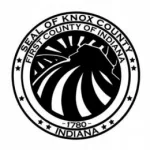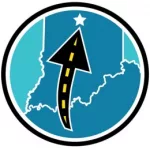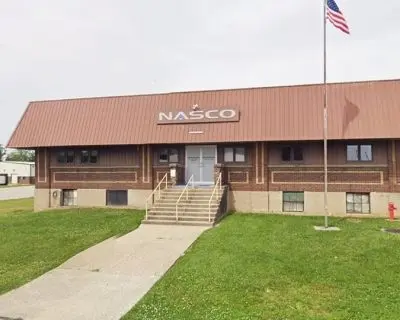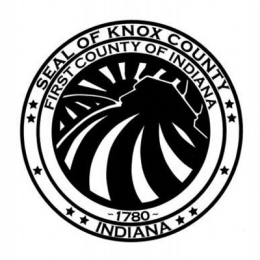The Indiana Department of Transportation (INDOT) and the Kentucky Transportation Cabinet (KYTC) have identified the Central Alternative as the preferred route for the proposed I-69 Ohio River Crossing (I-69 ORX). The Draft Environmental Impact Statement (DEIS) was released today identifying preferred alternatives with different tolling options. Central Alternative 1A would toll both the I-69 bridge and the remaining US 41 bridge. Central Alternative 1B would toll only the I-69 bridge.
The tolling options are the only difference between Central Alternative 1A and Central Alternative 1B. Both include a new 4-lane I-69 bridge and retain one US 41 bridge for local traffic. Both include 11.2 miles of new interstate, including the construction of 8.4 miles of I-69 on new location and upgrades to 2.8 miles of existing US 41 to meet interstate standards. New interchanges would be added at existing I-69 in Indiana, US 60 in Kentucky and at existing US 41 south of Henderson between Van Wyk Road and Kimsey Lane.
“There’s been a lot of anticipation surrounding this decision,” said Janelle Lemon, INDOT project manager. “The Project Team has been collecting data, conducting field work and gathering feedback since early 2017. The analysis has helped the states make an informed decision and identify the preferred route for I-69 and location of the new Ohio River bridge.”
Of the alternatives considered, Central Alternatives 1A and 1B have the fewest residential relocations (four relocations) and no commercial relocations. They also have the fewest impacts to sensitive resources including wetlands, floodways, streams and managed lands.
By retaining one US 41 bridge, Central Alternatives 1A and 1B provide cross-river redundancy for the region, something that was mentioned frequently as being important at open houses, meetings and other forums. Because of its historic significance, the US 41 northbound bridge will be retained for two-way traffic.
Traffic forecasts indicate six lanes of cross-river capacity are needed through 2045. Providing more than six lanes of cross-river traffic would unnecessarily add to long-term operations and maintenance costs. Removing one US 41 bridge from service saves $145 million in long-term costs. Although it would be striped for four lanes initially, a new I-69 bridge will be wide enough to accommodate six lanes in the future, if needed.
If federal grants and traditional funding can be made available to fill the gap between the project’s costs and the financial capacity of the toll revenue, then construction could begin in late 2021 and a new bridge could be open to traffic as soon as 2025.
Financing and Funding
With a total cost estimated at $1.497 billion (year-of-expenditure dollars), Central Alternative 1A or 1B is the lowest-cost option. This total cost includes roadway and bridge operations and maintenance for 35 years following completion of construction.
A preliminary financial plan will be developed based on the total cost of the project. Financial estimates indicate net revenue from tolling both the I-69 and US 41 bridges (Central Alternative 1A) would providing financing capacity of $500 million or 40% of upfront capital costs. Tolling only the I-69 bridge (Central Alternative 1B) would provide financing capacity of $250 million or about 20% of upfront capital costs. At this time, the only source for funding the gap is from the states’ traditional programs through direct funding and/or other financing.
The decision on whether to recommend Central Alternative 1A or Central Alternative 1B (whether or not to toll the US 41 bridge) will be based on continuing financial analysis, federal grant availability and comments received on the DEIS. Once a decision is reached, the public and agencies will be notified prior to publication of the Final Environmental Impact Statement (FEIS) and Record of Decision (ROD).
I













